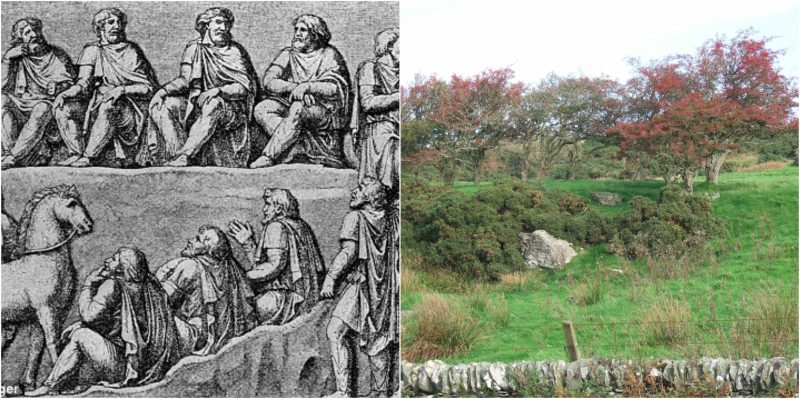Centuries ago, Vikings decided to strike forth from their homeland and claim the foreign territories they encountered as their own. They were known as ruthless, heartless people who did not care about the natives on the lands they took over. However, the conquering of cities, towns, and lands demanded special tactics in order to be successful.
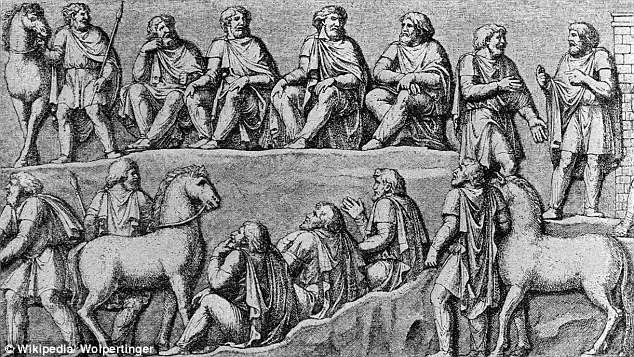
The Vikings held special meetings that made up their own form of parliament. While many people call these gatherings meetings or other names, the Vikings called the meetings “thing.” Sounds pretty bland and unimportant, right? The word “thing” today is just a filler word that is either used for an object that doesn’t have a name or an object’s name that someone has forgotten.
Back in the 8th century, the Vikings always held special meetings. This is where people would make major decisions regarding disputes, laws, and other important topics. Archaeologists believe they have recently found one of these areas where the Vikings held their special meetings. The ancient site was found on the island of Bute in Scotland.
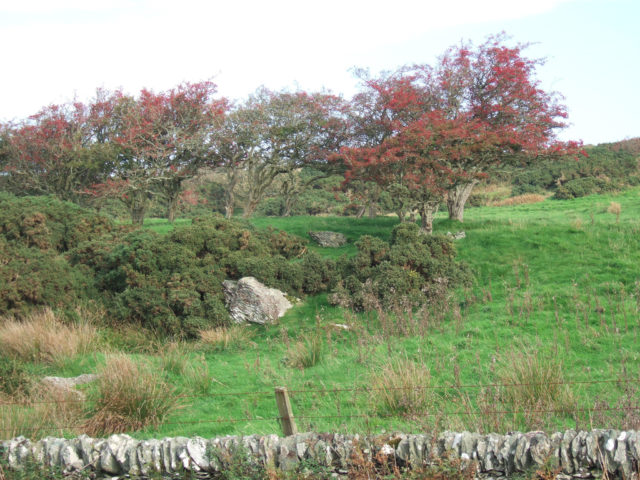
Although the island, known as Cnoc An Rath, had been found in the 1950s, no one has really been able to tell what the site’s significance was, or is, until now. Many historians and experts believe it could have been used as a prehistoric or medieval farm site, from the way it is laid out. However, new evidence suggests it was used for something completely different. Some of the new evidence found suggests that it was likely used as a place to assemble a large gathering. This new information was revealed and presented at the Scottish Place-Name Society.
An archaeologist who runs Brandanii Archaeology and Heritage Consultancy, Paul Duffy, said that even though the excavations had shown that the site was very crumbled and appeared to have been disturbed in the 19th century, the results from the carbon dating allowed him and other archaeologists to understand what went on in that particular site during the 8th and 9th centuries.
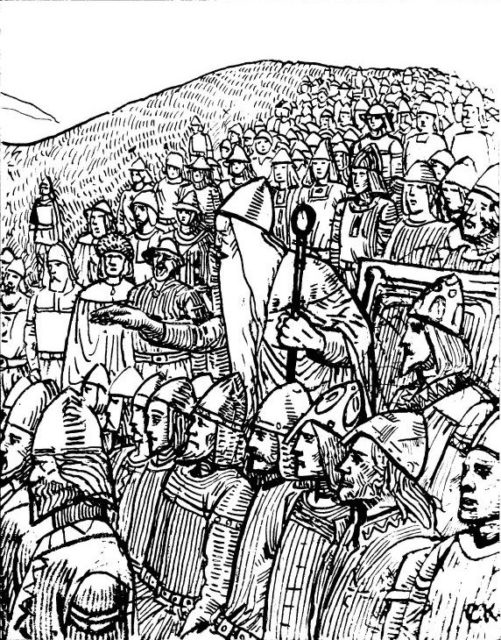
He also added that the site dates back to the very end of the Dalriadic power in that particular area. It was also the year when Vikings conquered the area and were rather active on Bute and around the Argyll coast.
Archaeologists did several excavations on the site and took many samples. They found a preserved surface in the site and did radio carbon dating on it. It proved that their theories of the time period was correct; the analysis revealed that this was, in fact, the time when the Vikings were active on the Argyll coast.
Duffy had explained that the dates from the radio carbon analysis had strengthen the experts’ hypothesis. They had also found out the name of the place. It had originally been named “ting” or otherwise known as “thing.”
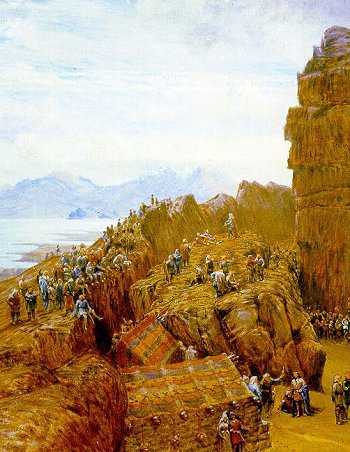
Experts took the evidence from the site and paired some of it with historical documents that had survived through the years. They had proposed that this particular site may have had a major impact on the understanding of what actually happened on Bute during that time. It will hopefully tell experts, too, of what the exact role of the island was for the Vikings during the 9th century.
The radio carbon dates corresponded with the end of the Dalriada kingdom and the start of the Viking settlements on Bute. Duffy said that Bute had actually been suggested as one of the locations for their headquarters. They ended up naming the gathering spot Gall-Gaiheil, or Foreign Gaels.
The Norse-Gael people had taken over a majority of the Irish Sea area which included Scotland. They were in power up until the Middle Ages and many believed that they had given support so several of the high Kings of Ireland in battles.
Duffy told onlookers at the annual conference that he and the archaeologists had rather unusual and definite historical evidence which had actually put Bute in the Gall-Gaidheil territory. In fact, it could even be that this area was one of the most important places in the territory.
Duffy added that experts have another piece of evidence that is building this theory stronger and supporting evidence and theories they have. He had mentioned that it was possible the leader of the Gall-Gaidheil at the time was known as Ketill Flatnose. This means this particular Viking could have an exact link to this particular area. Duffy explained that many people traveled to this area in order to seek justice. With many people traveling to the land for legal advice, there was bound to be a leader to keep it all straight.
